Having recently returned from my third visit to Tokyo, I felt it would be good to add the new stores I went to and can recommend to this list.
It’s a great city for shopping, particularly in the little quiet streets behind Harajuku and Omotesando. Many of these places are tucked away in there.
Below is the original post from 2017, but with 12 new shops added at the top of the list, above the 15 originally included.
Original introduction:
Tokyo is arguably the most varied, creative and stimulating retail experience in the world.
Not only is the city huge, but each area has a distinct feel and atmosphere, reflected in its shopping.
There are small, niche brands everywhere, as well as workshops and artisans. Many of those are unique to Japan, but even the designer brands up their game – often with striking stores and developments.
There are simply too many to list here, but these 15 should provide a good starting point for the sartorial shopper. And as with previous guides, we have focused on stores that are pretty much exclusive to Tokyo.
I recommend looking up the various stores on the map and grouping them into areas: the size of Tokyo means it could take a while to get from one area to another.
And once in an area, whether glitzy Ginza or funky Daikanyama, take the time to wander around and see what else pops out. You might wander into Tsutaya books, for example, and end up whiling away most of the afternoon.
It’s also worth saying that unlike London, most bespoke artisans are in small studios on the first or upper floors of buildings. They don’t have a storefront, as they usually don’t offer ready-to-wear, and you should try to make an appointment in advance.
New 12 stores, 2019:
1 Anatomica
Anatomica is one of the most remote stores listed in this guide, being a few stops north of the centre, tucked down the side of a canal.
I think it’s worth the visit though. The combination of French and Japanese creative directors means the clothes are a fascinating mix of cultures and styles, with berets and traditional Japanese handkerchiefs alongside original workwear designs.
Although the shop carries Drake’s and John Smedley, 80% of the designs are original and Anatomica branded – including long linen work coats, short collarless ones with cloth-covered buttons, and T-shirts with double-thickness panels across the chest, inspired by French military shirts.
There is also a branch in Paris, so worth visiting that one if you travel to France more often. If not, do visit the Tokyo store.
2 Harajuku vintage: Fake Alpha, Berbejin, Vostok
Japan has a justified reputation for being great for vintage clothes. Over the years, Japanese buyers have obsessively bought up American vintage in particular, and in their stores they rigorously categorise and list every era and design variation.
There are three stores in close proximity behind Harajuku in Tokyo, which are part of the same group: Fake Alpha, Berbejin and Vostok. There is also a grouping in Nakano City (including Jack Road vintage watches) that’s a little further out.
All three shops are quite small, and the range might seem a little disappointing at first glance. But put together, the range is good.
Fake Alpha does more of the high-end denim and workwear, Berbejin carries this and more sportswear (premium pieces are downstairs) and Vostok has cheaper things, including band T-shirts.
Beware though, nothing is cheap. Vintage 501s (all labelled by their precise model type) range from £300 to £3000 for the very rarest.
3 Vintage eyewear: Solakzade, Gig Lamps
Not far away from these, out on the commercial shopping strip of Omotesando, is vintage jewellery and glasses specialist Solakzade.
The shop is not immediately obvious – it’s on the basement floor down a small flight of steps – and is a stone-and-gold cavern inside.
Run by Tatsuya and his brother, the range is eclectic, everything from the nineteenth century to the 1970s. But everyone there knows the stock inside out, and it’s worth talking to them about styles if you have even just a passing interest in old frames.
Upstairs is men’s jewellery, but this can also be discussed and accessed downstairs. Also worth a look is Gig Lamps Eyewear, in Meguru City – a few metro stops away.
4 Workwear: Time Worn Clothing, The Flat Head, Full Count
Tokyo has full stores for many of the Japanese workwear brands that are obsessively followed in the US and Europe, such as Full Count and The Flat Head.
They have many things in common, with the range focusing on denim, leather and vintage-style sportswear. But just as with sartorial clothing, each has its own, subtle character, and products that are particularly sought out.
Full Count, for example, is particularly known for its jeans, being one of the famous Osaka 5 that pioneered Japanese denim in the 1990s. The Flat Head is more motorbike-orientated, and I personally buy their slim-fit circular-knitted T-shirts and brushed flannel shirts.
Time Worn Clothing is less well known and not always the friendliest to non-workwear obsessives, but has a big following for its At Last denim brand and Butcher sportswear.
5 Sharon
Yoshihito Kinoshita runs this Italian tailoring shop in Aoyama, and is interesting for being one of the few offering the style as a small store in Tokyo – a city dominated by the bigger department stores.
Kinoshita wears a lot of La Vera Sartoria Napoletana, but sells under his own brand, and hosts the occasional trunk show from the likes of Sartoria Solito.
6 Nakata Hangers
It won’t surprise most readers to learn that there is a Japanese brand taking hangers to a particularly high level. Here it is Nakata Hangers, a 70-year-old family business that supplies many of the country’s brands and department stores, but in recent years has also focused on selling particularly high-end pieces to end consumers.
The stand-out pieces are those made of a single piece of wood (unlike the vast majority, which have a seam in the middle). And the top end involve lacquer work and hand painting.
The shop in Minato City is more set up for wholesale than retail, but if you want beautiful, unique hangers for your bespoke tailoring, it’s worth a visit to see the products in person.
7 Sarto
Sarto is an interesting business. Essentially an alterations tailor, it has grown to the point of having several branches, altering and repairing everything from suits to leather jackets, trunk shows with the likes of B&Tailor and Craftsman Clothing, and even its own in-house shoemaker.
The workshop is next door to the first-floor shop, and the best tailors as well as brands send their pieces there to be repaired.
It’s not a retail destination, but if you need anything repaired or altered, it’s certainly the first place everyone would recommend.
Original 2017 list:
8 Isetan
Department stores in Japan do things very well, from the brand mix to the merchandising. But the thing that will set them apart for most readers is the presence of bespoke and made-to-measure clothing, from all around the world.
Isetan is worth seeing for the pure department-store experience, but also make sure to visit the made-to-measure area (above), and look out for any trunk shows going on at the time. Oh, and there’s a whole building just for menswear.
9 Strasburgo
Strasburgo takes this a step further. With a more select range, and slightly more sartorial approach than the other department stores, it has several branches around the city.
I recommend the Minami Aoyama branch, for both the RTW selection and the Tailor’s Lab (above) that was established here on the third floor a couple of years ago. There you will find a workshop housing artisans such as shirtmaker Masanori Yamagami and tailor Noriyuki Higashi (Sartoria Domenica). Trouser-maker Igarashi also started out here.
10 Beams F and International Gallery Beams
Beams is also a smaller, more curated store (or rather, series of stores) and is worth visiting for both the taste level and the comprehensiveness of great American and European brands.
It never fails to depress me how many great Italian brands, for example, don’t get stockists in London. New York is better, but Tokyo is the best. Both stores mentioned here are worth a visit: Beams F for more sartorial European brands, and International Gallery for more casual and designer clothing.
11 Tomorrowland
Compared to the stores above, Tomorrowland is more fashion-focused, but the men’s side tends to be fairly classic and have some interesting variants on menswear staples.
It carries its own brand as well as range of others, including Acne Studios, Dries Van Noten and James Perse. It also opened a branch in New York’s Soho a couple of years ago, so is no longer exclusive to Japan.
12 Bryceland’s Co
Bryceland’s Co is a niche menswear store opened in 2016 by Ethan Newton, one of the founders of cult menswear store The Armoury in Hong Kong. It mixes soft Italian tailoring with American workwear, with a good deal of vintage pieces to purchase as well.
Ethan has a very particular outlook on both design and fit, with jackets tending to be large in the sleeve and chest to give a classic, masculine look. Also worth highlighting are the Saint Crispin’s shoes and Ambrosi trousers. Tailor Anglofilo works out of the back.
More on Brycelands here
13 Bespoke shoemakers: Yohei Fukuda, Marquess and others
Japan has a huge number of bespoke shoemakers, perhaps more than the whole of Europe combined. They are largely young, working in small workshops, and good value for money – though the small size can mean there are long waiting times. Most importantly, their quality is amazing, often excelling those European masters they learnt from.
There are too many to try and recommend any specifically, but it is certainly worth trying to see Yohei Fukuda (above) and Shoji Kawaguchi, the latter operating under the brand Marquess.
More on Japanese shoemakers here.
14 Sartoria Ciccio
There aren’t quite as many new tailors as shoemakers in Japan, but the quality of the work is still very high. They are largely influenced by the soft tailoring of the south of Italy, although some also trained in Florence or Milan. English influence is felt only in the older, more traditional tailors.
Noriyuki Ueki, who runs Sartoria Ciccio, trained in Naples and cuts a soft-shouldered suit with a Japanese level of precision. He moved into new, larger premises last year, where you can also see the shoes of Hidetaka Fukaya, a Japanese shoemaker who works out of Florence, Italy.
More on Ciccio here
15 Igarashi and Osaku
There are a couple of workshops making only bespoke trousers worth highlighting: Igarashi and Osaku. Of these two, Igarashi is in the centre of Tokyo and is therefore easier to visit. Osaku works from a small town outside of the city, and comes in for appointments.
There is a similar level of precision to their work as there is with the rest of Japanese craft, and a focus on details such as curved waistbands and neat pick stitching.
More on Igarashi and Osaku here
16 Ortus
Of the bespoke menswear craftsmen listed here, leather master Naoyuki Komatsu probably has the most stellar reputation. He runs a small workshop called Ortus, which does 90% bespoke pieces such as day bags and wallets.
Everything is entirely hand sewn – in fact, Komatsu even goes as far as to make the brass hardware himself, crafting these additions small works of beauty in themselves. Trade mark designs include the ‘music bag’ – a briefcase made of one piece of leather with a brass bar securing the single handle.
Dedicated post on Ortus here.
17 Motoji
Those wishing to see traditional Japanese craft in Tokyo should consider visiting Motoji, the most famous of the kimono makers in the city. Although none of the work is done on-site (fabric is produced all round Japan, and tailoring done outside the city), the shop, its bolts of cloth and finished kimonos are a virtual museum of craft in themselves.
Keita Motoji, son of founder Komei Motoji, is doing much to increase awareness of both Japanese kimono traditions and the weavers they use in different parts of the country.
18 Okura
Shifting our focus from tailoring to workwear, Okura is a great stop for anyone that loves indigo-dyed clothing.
The shop in the Daikanyama area of Tokyo is stocked floor to ceiling with indigo-dyed jackets, T-shirts, sweatshirts and kimonos, both from brands like Blue Blue Japan and cheaper variations not made domestically. Look out for pieces in sashiko cloth in particular.
19 UES
Around the corner from Okura is a tiny outlet for UES, a Japanese brand inspired by the lack of waste – of wearing, repairing and re-using – in traditional Japanese and American clothing. (The word ‘ues’ is a Japanese pronunciation of ‘waste’.)
Specialist pieces include western shirts, deck jackets, chinos and T-shirts made from a mix of standard organic cotton and Desi cotton. Make sure to take advice on sizing, as pieces can be either ‘shrink to fit’ or made to grow out with wear.
20 45 RPM
This is largely included for the beauty of the shop itself, although I’m sure there will be fans of 45 RPM’s denim and workwear that want to visit the mothership as well.
Located in a largely residential area of Tokyo, the store is up a small path that is easy to miss. At the end is a wooden Japanese home, raised off the ground, that you have to climb a steep set of stairs to access. Inside customers must take off their shoes (as in some other Japanese stores, or changing rooms), don slippers and browse the handful of beautiful rooms. There is both men’s and women’s clothing, mostly with an influence of denim and indigo dyes.
21 Ring Jacket
Ring Jacket is the first Japanese tailoring brand to have achieved serious recognition around the world, largely thanks to the promotion of The Armoury in Hong Kong and New York. There are two stores in Tokyo, in Ginza and Aoyama, and it is also stocked in Isetan.
The style is Italian and soft-shouldered, although there is a range of models (a decent reason to visit one of the standalone stores rather than just Isetan) and they also offer accessories and leather goods, all with rather Italian styling as well. The tailoring is well made and good value, particularly in Japan compared to imported Italian brands.
22 Arts & Science
Arts & Science is a small chain of stores in Tokyo founded by stylist Sonya Park. It is an interesting crossover between Japanese crafts and modern, minimal sensibilities, with accessories, menswear and womenswear.
Although the clothing offering is pretty small, it is a good place to find unusual (if expensive) homewares and accessories, in simple styles and colours. Look out for loose linen jackets, wooden boxes and leather pouches. We recommend both the Aoyama or Daikanyama branches.



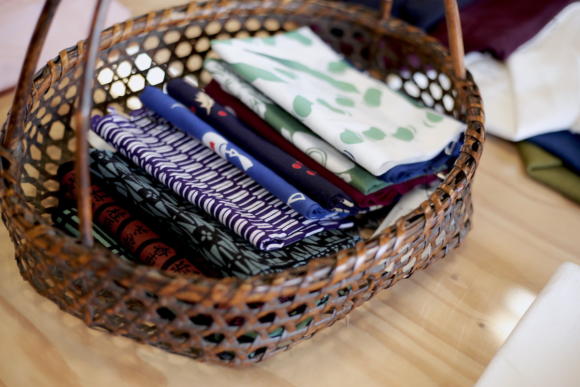
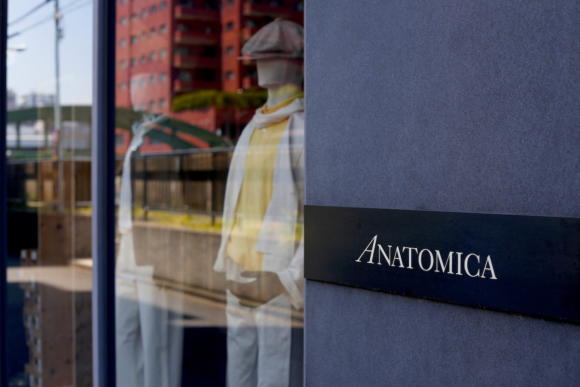
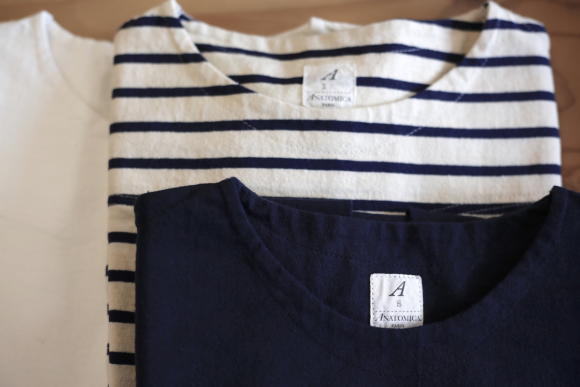



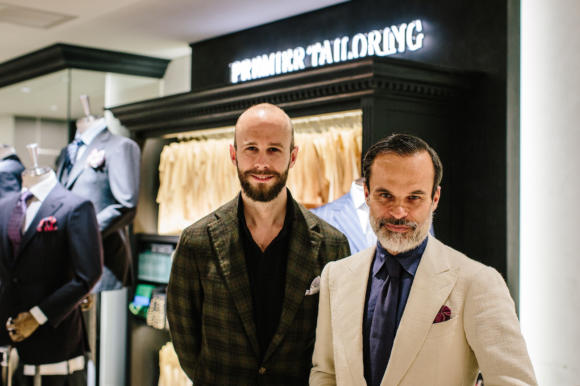
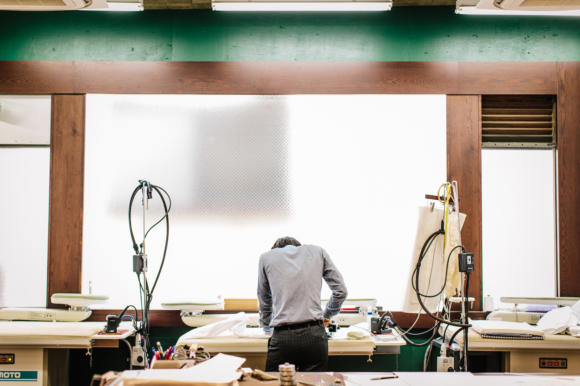
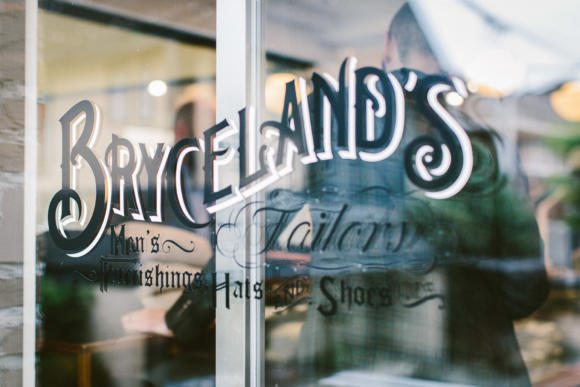
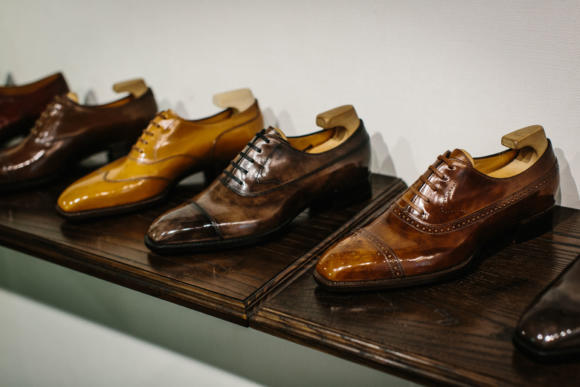
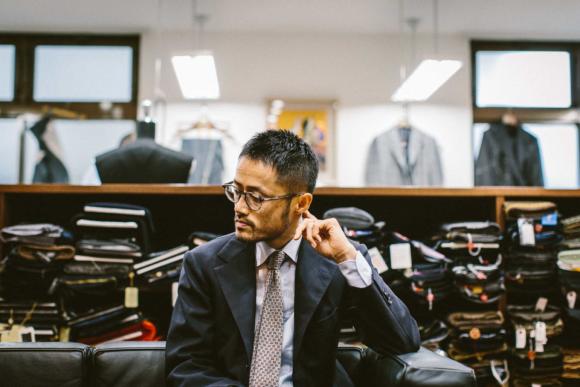

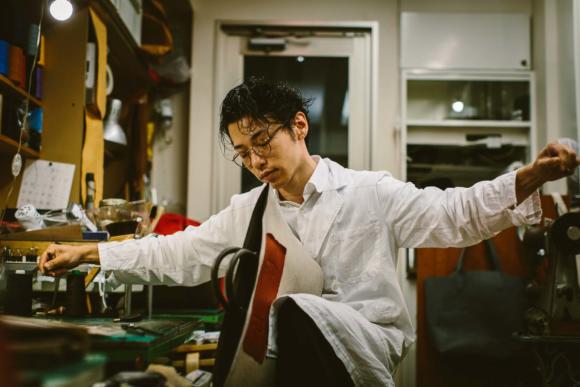
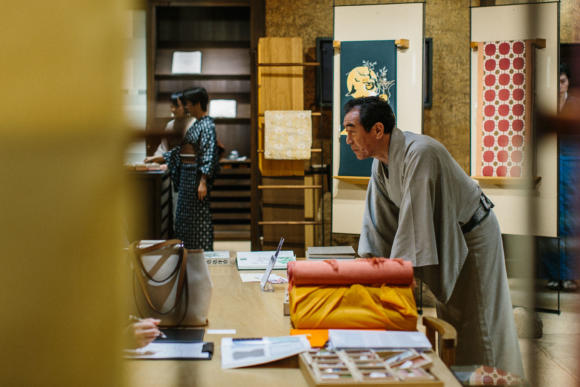
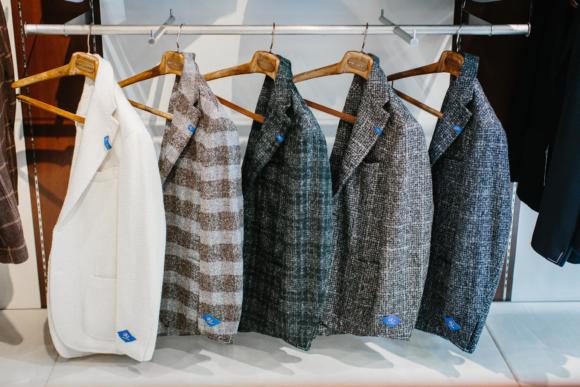
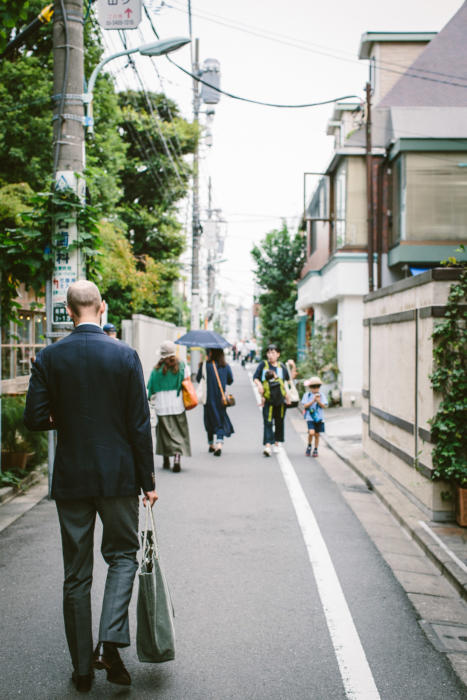


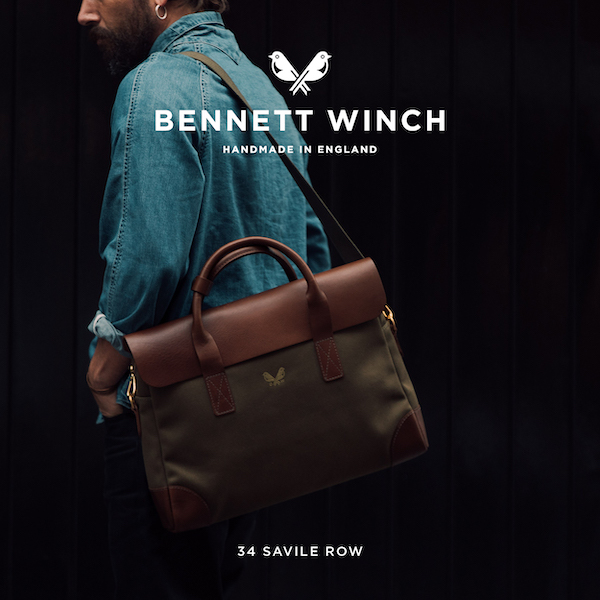







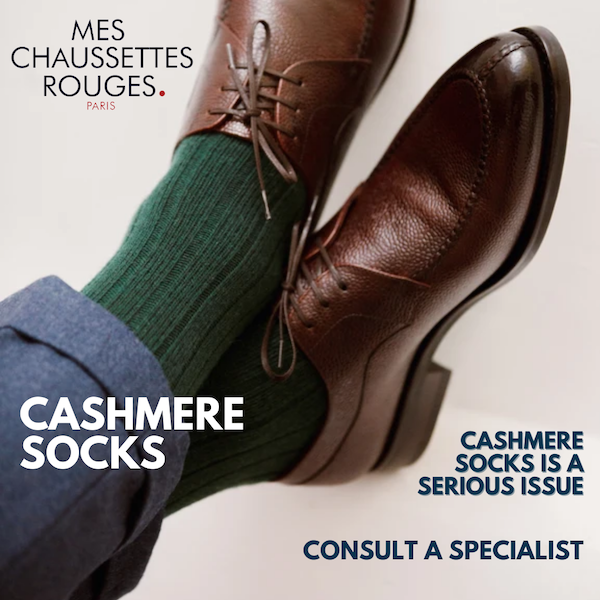








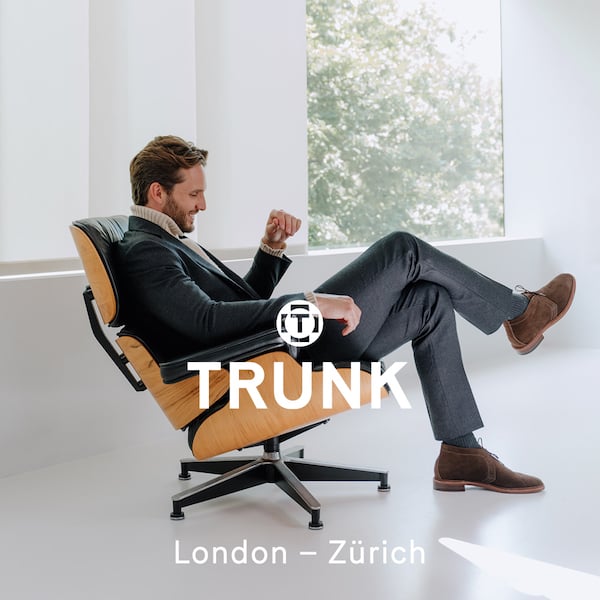

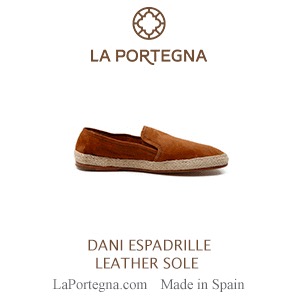
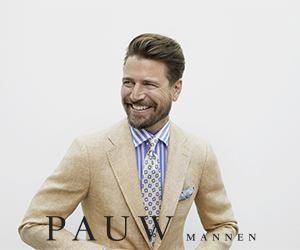

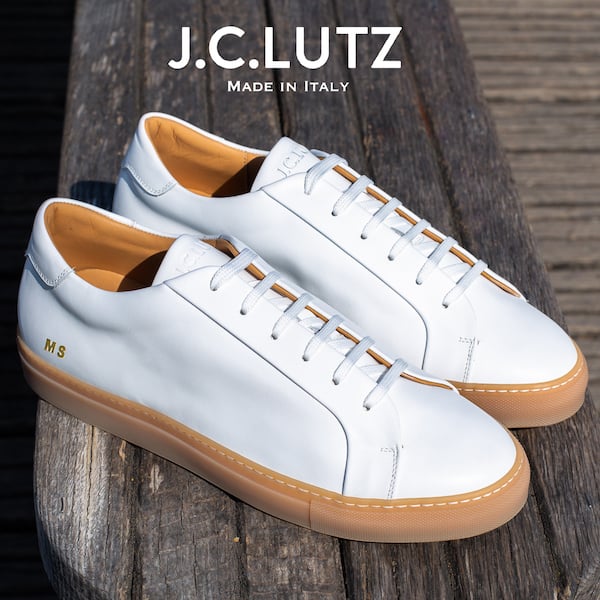

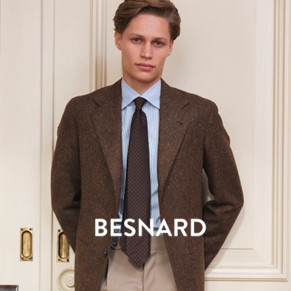
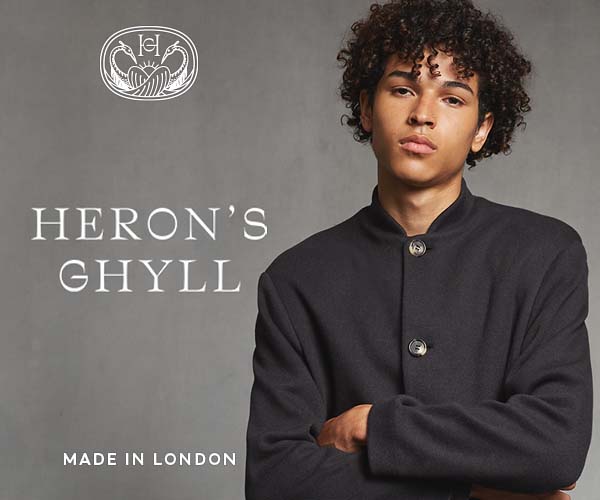

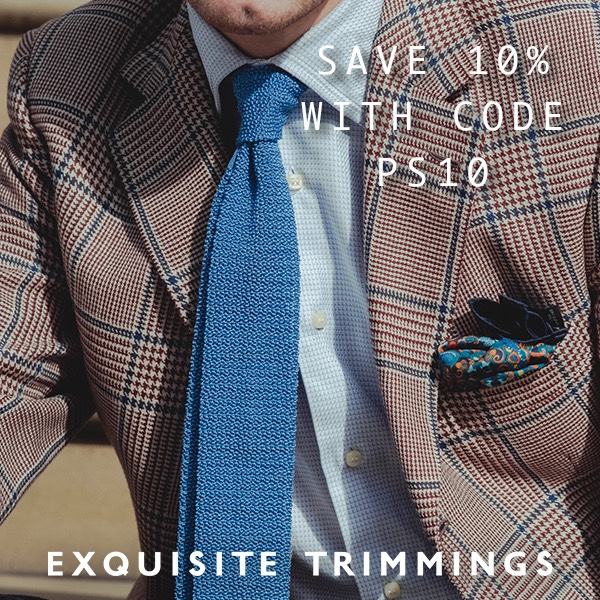
If one is more than six feet tall then these stores a mostly off limits.
Very interesting roundup, thank you! Notwithstanding the flexibility offered by bespoke, are there RTW sizing options for taller, wider western frames in Japan?
Great list Simon !
You forget probably the best stores in Tokyo, United Arrows and their sartorial shop, The Sovereign House…. ; )
Best,
Akim
Sovereign House is good, yes. I rather thought I had too many department stores on the list already though
There is a probem with Asian sizes for tall westerners – like me – for anything off the peg, but this is not a problem in many of these stores which have alteration tailors on hand, e.g. Brycelands. The bespoke shoe market is probably the most interesting aspect of Tokyo menswear – a veritable boom. I ordered a pair from Yohei Fukuda in March and was very impressed with his operation, and level of service. We spent an hour discussing shoes, and other matters, in his charming atelier. I imagine the finished product will be very special indeed, and at around half the price of Lobb, Cleverley etc, could be considered a bargain.
By the way Simon I am working on an article for the Japan Times about Fukuda and the bespoke shoe scene here, and Permanent Style will get a mention. If it’s published, of course.
Thanks Phil, very kind
I find the problem for the western man shopping in Japan is not so much height as breadth of chest and shoulders. I am only 5’10” and 73 kg, but anything other than XL is too narrow across my chest and shoulders.
Couldn’t agree more. At 185cm and 90kg, my choices here in Japan are heartbreakingly limited.
I couldn’t agree more that Tokyo is just the best city for menswear worldwide. It is especially even more true for smaller guys like myself (5’9″) where small sizes are plentiful.
I particularly loved the many concepts at Beams and United Arrows. The selection is very different based on which shop you visit. Beams Ginza and Beams Marunouchi don’t have at all the same vibe. And as for United Arrows, the Sovereign House store in Ginza is rather impressive I’ve found.
Sovereign House is in Marunouchi, and despite Simon’s note, it isn’t a department store. It’s a brand of United Arrows — a “select shop” in Japanese retail parlance.
You’re right, of course. Part of the confusion is that department stores used to have actual departments, rather than being collections of brands, but few are anymore. And of course a select shop in Japan is a boutique carrying a collection of brands. I guess today ‘department store’ indicates scale more than anything else.
MTM is the way to go in Tokyo. Beams, United Arrows, Tomorrowland, Strasburgo, Isetan Mens, Hankyu Mens, and Azabu Tailor and its many imitators will do you very good MTM in any fabric on earth, in less than a month, at a small markup over RTW — making it a sin to buy RTW at full price. True bespoke is hard to find, expensive (everyone clocks in right at $4,000), takes forever (6 months), and you can’t get the same access to fabrics. But you’ll get nice buttonholes.
Though it’s not cheap by any standard, Ciccio is an amazing tailor
Arts & Science has some pretty out-there labels by PS standards, I would expect—I know they stock Maurizio Altieri’s m_moria shoes, and I believe they’ve collaborated with Maurizio Amadei (of MA+).
Simon I notice from the comments that RTW and bespoke shoes seem well priced in Japan, can you shed any light on price expectations – thank you.
Bespoke certainly is – look up my feature on Yohei, Shoji and others. All the prices are there.
RTW from them is also good, but anything imported (English, Italian) is not.
For some reason that I’ve not been able to fathom, Italian shoes generally aren’t so outrageously priced in Japan. Also, quite a few decent Japanese stores have private-label shoes made for them by Italian makers, and they can be both high-quality and affordable – the biggest issue will be finding your size, as many stores won’t stock much at all over a UK9. However, UK and US shoes are typically far, far more expensive in Japanese than elsewhere and so are not worth buying, unless on deep discount during sale season.
Nothing beats Tokyo for shipping. Can’t wait to go back
Thanks Simon, though not helpful to have yen only prices. Suggest ‘at time of publication ¥300k =………’ etc. Fyi current rate is ¥100k = gbp £700. So, roughly, ¥350k = £2,450 for a pair of bespoke shoes but, as in UK does that include last, if so does second commission therefore see a reduction?
I prefer not to include conversions as exchange rates change constantly, domestic prices more slowly.
Yes, it includes last and no, there generally isn’t a reduction for the second pair.
Hi Simon
A music folio style case appeals to me and I wonder, does the Swaine Adeney Music Case compare with the Ortus music bag, or is the latter at a higher point craftsmanship wise?
It is at a higher craftsmanship level, yes, specifically all being hand sewn
Simon,
What hotel did you stay at in Tokyo? Would you recommend it?
Thanks,
S
Not really… Sorry
Thanks. Would be good to know which what it was so I can stay away?
Thanks,
S
I can look up the details, but it wasn’t bad, just not particularly special or worth recommending. And there are hundreds of hotels in Tokyo. I recommend finding the area you want to stay in first, rather than the hotel, as it is a very big city and lovely to be walking distance to some things.
Thanks. What district did you stay in?
Ginza
Hello,
What is the price of a basic Ring Suit in store in Japan vs. online/US retailers? It seems the majority of their suits are in the ~$2000 range online and in the US retailers that stock Ring Jacket. What is the cost in Japan? Much thanks.
Just a textual comment, in case some of your readers try to look up the place – the boulevard in Aoyama with all the retail is called Omotesando, rather than Ometasando.
Thank you – I’ll correct that now
Simon
Not a Tokyo but a London Q!
I have an interview next week, I need a dark blue suit (not something I currently own). Clearly I don’t have time to get MTM, as an emergency measure where can I go for RTW (obviously caveated by the fact that you don’t use these places etc). Hackett? RL?
It’s so hard to know, it’s been so long… Maybe see if Anglo-Italian has something?
Thanks… if not will be going to Hackett or RL… not ideal re make but relatively tasteful.
I was just about to recommend Anglo Italian! They have some lovely suits off the peg and can tailor to fit very quickly.
Hello Simon. Off topic but was wondering what your impressions were of the EG Shanklin in suede after more than a year of wear?
Very good. Super soft, and worn in well. Not that formal, but would certainly recommend
Hello Simon,
Maybe it is time to update the Sartorial guide for other cities too?
I am sure there are many new additions in New York, Paris, Stockholm and London.
Thank you.
Thanks, yes I will do that gradually over time – when I’ve visited them and have some personal recommendations to make. I’m in Paris in a couple of weeks, for example, and in New York in October.
Thanks for the suggestion
As Tokyo born and raised, my personal recommendations in Tokyo are
Brycelands&Co (Omote-sando)
Cathedral (Ginza)
ANSNAM (Shirokane-dai)
THE H.W.DOG&CO (Harajuku)
Minami Shirts (Nihon-bashi)
Thank you
Some great finds there Simon. Would you have any experience with bespoke or MTM eyewear in Tokyo? I was told there are some very high quality makers there, but have yet to come across them.
No, sorry
Thank you Simon for this review. I’ve visited some of the stores you recommend, they are all worth the visit although european sizes are a rare breed 🙂 .
Simon,
Going to be in Tokyo for just a few days and need to pick up a traditional fine quality overcoat. Any suggestions?
Not for ready to wear, no sorry. The department stores are pretty amazing though, so check them all out.
There is another appointment only super high fashion men’s and women’s store in Tokyo that I’m searching for. Any help?
Thanks!
Hi Simon, I was wondering if you list a few Japanese bespoke tailors who visit London for trunk shows.
I don’t currently know of any I’m afraid, Ali. It’s one of the problems with Japanese artisans in general
I lived in Japan for 16 years and found it really, really hard to find clothes that fit. In fact, I generally made my purchases in the States when visiting. And I am not a big person at all by American standards – 6ft tall and slim – yet I ALWAYS had trouble finding anything that fit my shoulders and chest. Once I went to get an MRI, the technician couldn’t take a complete scan because my shoulders were wider than the device could handle.